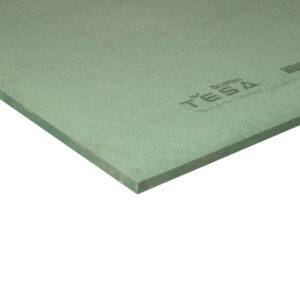
HDWR (High-Density Wood Residue) and HDHMR (High-Density High Moisture Resistant) panels represent a significant advancement in wood-based panel technology, offering superior strength, stability, and durability compared to traditional plywood and particleboard. These engineered wood products are crafted from carefully selected wood fibers and resins, compressed under high pressure to achieve exceptional density and performance characteristics.
Key Features & Benefits:
HDWR vs. HDHMR:
While both offer high density, the key difference lies in moisture resistance. HDWR is suitable for dry indoor applications, while HDHMR is the preferred choice for applications exposed to moisture or humidity.
Applications Summary:
| Feature | HDWR | HDHMR |
|---|---|---|
| Density | High | High |
| Moisture Resistance | Low | High |
| Applications | Dry indoor use, furniture, shelving | Wet and dry indoor use, bathrooms, kitchens, exterior applications (with proper treatment) |
Choosing the Right Panel:
The selection between HDWR and HDHMR depends entirely on the specific application and the level of moisture resistance required. Consider the environmental conditions and intended use before making your decision.
Note: Always consult with a professional for specific application advice and to ensure compliance with relevant building codes and regulations. Proper installation techniques are essential for achieving optimal performance and durability.